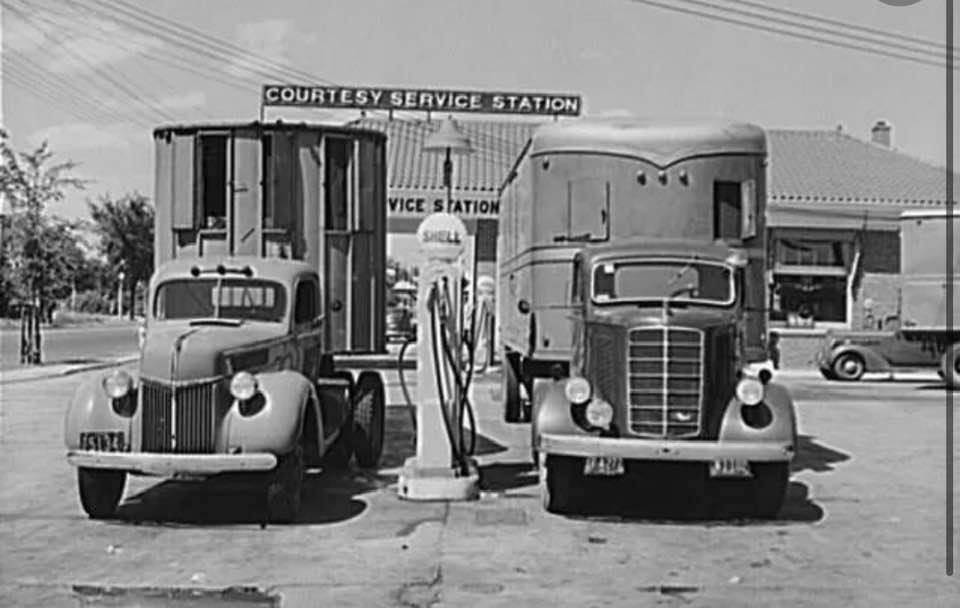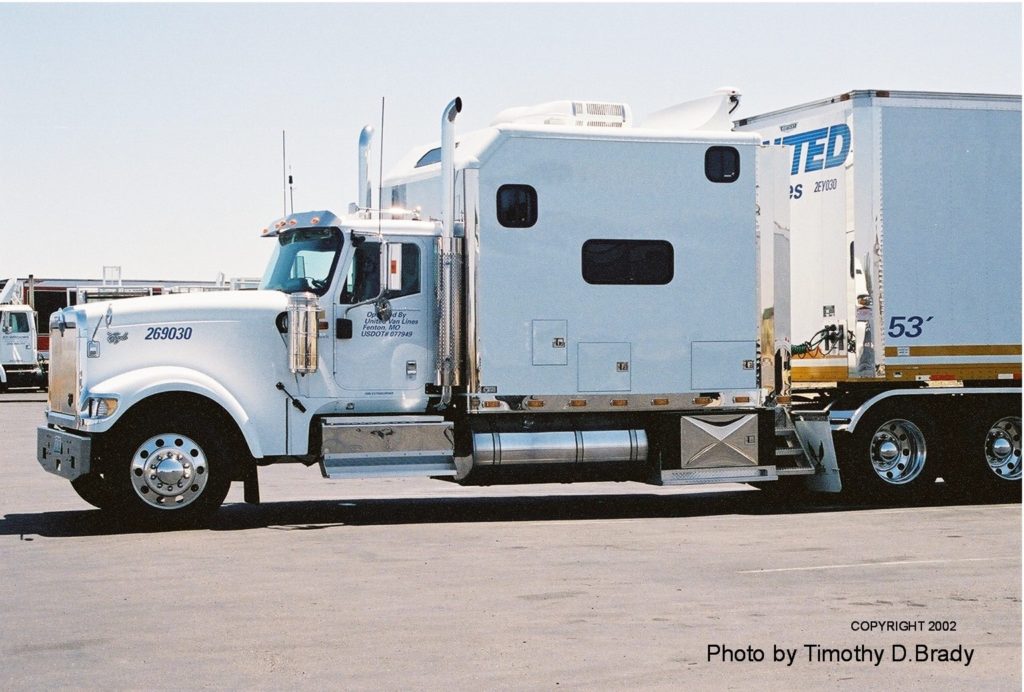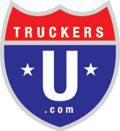
There’s a method used in real estate investing that also works well for owner operators and lease operators. When investing in real estate for the purpose of receiving the greatest return on the dollar invested – for renting it out, in other words (creating a sustainable, consistent income), purchase the house with the lowest price in a neighborhood. In so doing, you have far greater profitability by being able to charge a higher rent with lower costs. Yet the revenue (rent) necessary to support the expenses like loan payments, taxes and insurance can be lower than other houses in the area.
Now you may be thinking, “How does this apply to someone leasing on as an owner operator or lease operator to a trucking company?”
Trucking companies have different business models based on the type of freight they haul, the area in which they haul and the customers for whom they pull loads. All of this determines their “neighborhood” and the average revenue each of their contract truckers earns. This is going to be different for each type of freight: flatbed, dry van, tanker, refrigerated; and whether you run team or solo.
As an owner operator, it’s vitally important you understand and know how the average revenue a carrier with which you’re considering leasing matches up with both your fixed and operational costs of the truck you own. (You should also know the specific freight lanes you’ll be operating in for that carrier.) Are you at the high end of costs or the lower end, compared to the other O/O’s leased to the trucking company?
.

If you’re looking at an intermodal carrier, the model, age and cost of the truck you bring with you is going to be different than one you’d use to run over-dimensional or trade show and household goods freight, in that the revenue streams are totally different. Intermodal tends to be at the lower end of the revenue scale, while OD, Trade Show and HHG are much higher. So you wouldn’t want a high-end, top-of-the-line tractor with all the bells and whistles – plus the high purchase price and payments – to pull the lower revenue freight.
In other words, you must make sure the truck you bring to a carrier isn’t going to put you at a disadvantage in making the revenue you need to: cover all the costs of the truck, all operating costs, your salary to the house, and the profit necessary to sustain and grow your operation. With your costs lower than the other owner operators running for the same carrier, your profit will be higher.
Timothy Brady ©2020
